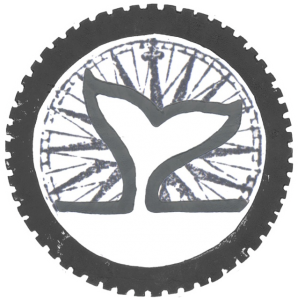I was so very excited and grateful to be awarded the Institute of Marine Engineering, Science and Technology’s David Henderson Inspiring Journey grant. Established in memory of David Henderson, an adventurer with a boundless enthusiasm for exploring new places, the grant supports original and exciting journeys that inspire people to think differently about our oceans and seas. My journey – The Gray Whale Cycle – followed the southward migration of gray whales from their summer feeding grounds in the cold, rich waters of Alaska to their winter breeding grounds in the warm lagoons of Mexico between September 2019 and February 2020.
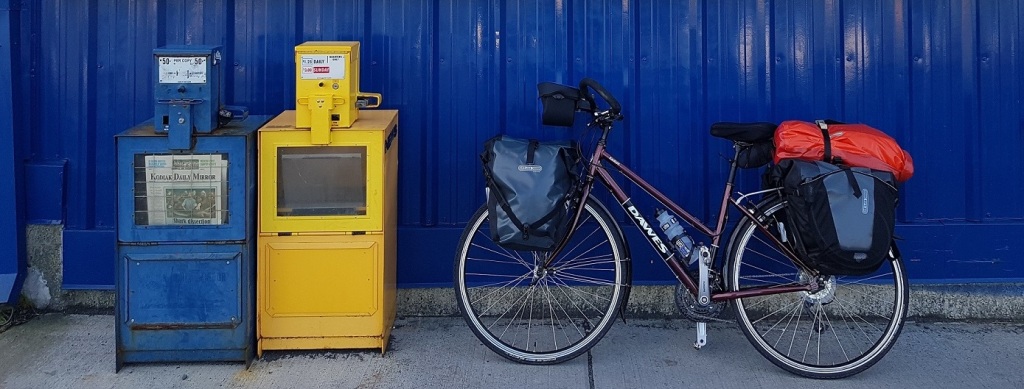
Their annual round trip of approximately 10,000 miles is one of the longest migrations on earth. Travelling close to shore, the seasonal appearance of the gray whales is noted by many: captains run whale-watching trips, kayakers keep their eyes peeled, and cliff-top walkers spot blows from vantage points. Their numbers have recovered since commercial whaling ceased and the eastern Pacific gray whales are considered a conservation success story.
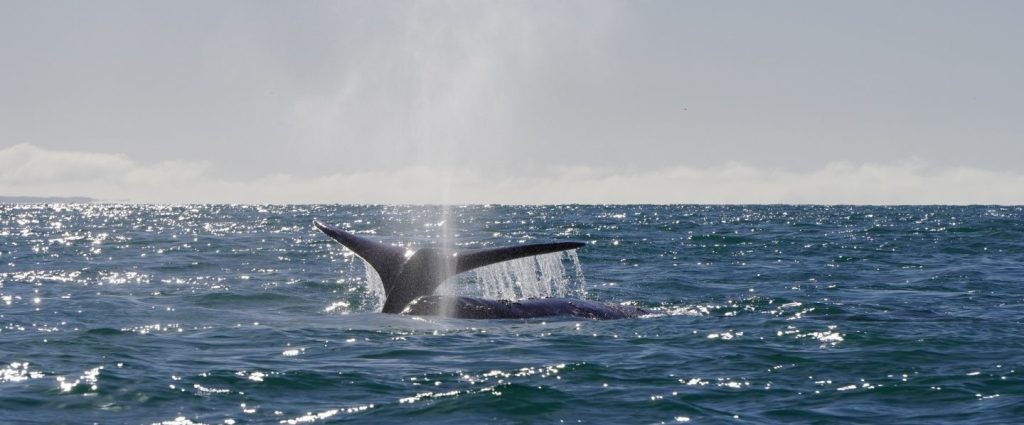
However, an Unusual Mortality Event (UME) – the second in as many decades – was declared in 2019 as higher than usual numbers of gray whale carcasses began washing ashore, and their population is estimated to have declined by 24% between 2016 and 2020. The decreasing population, and skinny condition of many of the whales reaching Mexico, may indicate a shortage of amphipod prey on their Arctic feeding grounds.
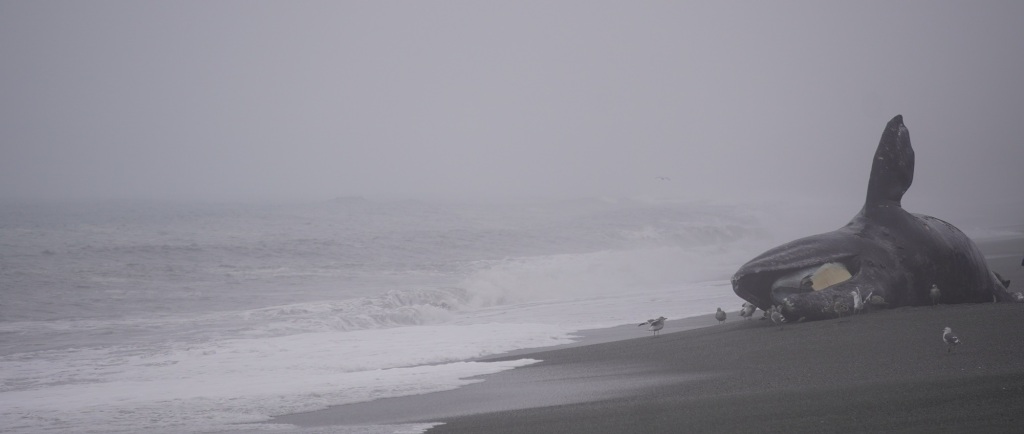
The whales’ passage along the coast is also fraught with peril. Fishing gear threatens to entangle them, tourist trips and recreational boaters risk disturbing them, ships thunder past and the underwater soundscape resonates with seismic surveys, sonar, and dredging. Natural threats abound too, including killer whales that target young calves making their first migration.
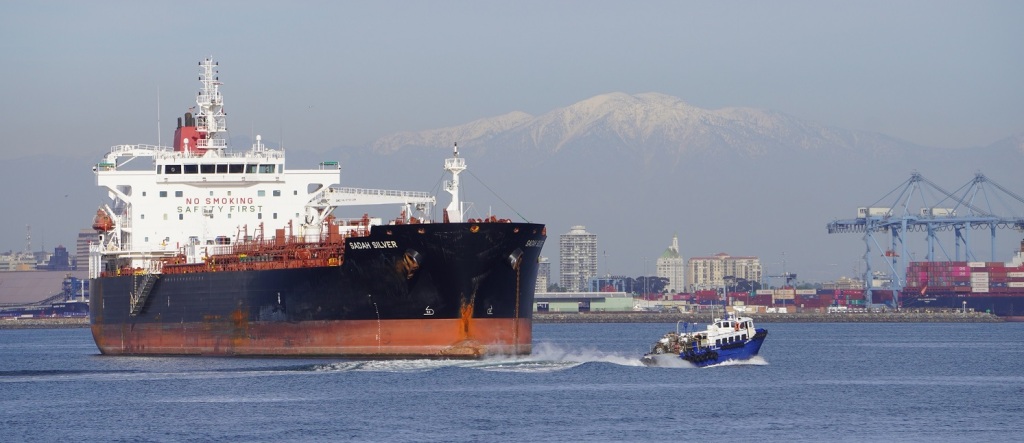
Cycling almost 1,750 miles along the coast between Alaska and Mexico, I delved deeper into the lives of gray whales in the Pacific, learnt more about their mammoth migrations, their friends and foes, sharing their journey, as well as mine, as I went. My slow pace provided ample opportunity to observe the coastal environment they rely on and connect with those people who interact with the passing whales. Meeting community leaders, scientists, volunteer coordinators, seafarers and enthusiasts, amongst others, revealed the spectrum of ways in which the gray whales influence so many lives, the measures being made to study and protect them, and what more is still to be done.
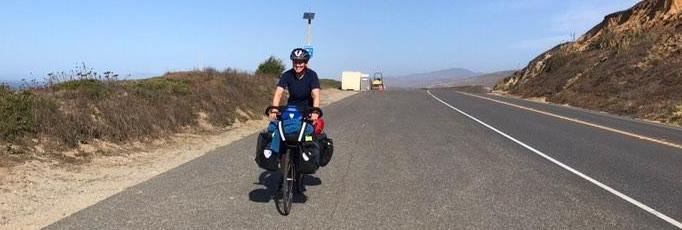
The Gray Whale Cycle combined many of my life’s passions – adventure and exploration, conservation and the marine environment – and was certainly my most epic adventure to date. You can find out more about my journey via this blog, Twitter (@GrayWhaleCycle), Facebook (@TheGrayWhaleCycle) and Instagram (@GrayWhaleCycle). There’s also a trip report available here and, below, you can watch the IMarEST Stanley Gray lecture I delivered in June 2020.
